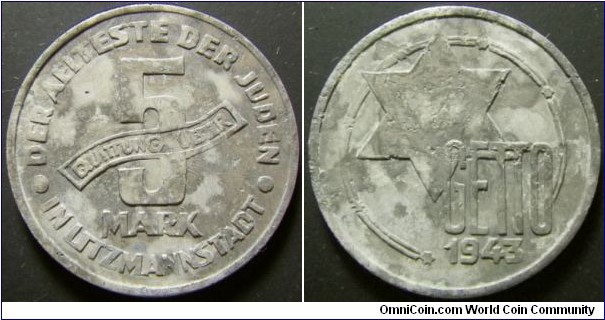
A collection of coins struck in various metals / elements. I've not included coins that were struck in ceramic / porcelain / paper as I am not able to determine the chemical composition. Also not included are "coins" or more specifically tokens struck by private mints to illustrate the uses of various exotic metals.
This collection is missing just three different elements: manganese, titanium, niobium.
| Metals used in circulation (more than 80% of element) | |
| Metals used for NCLT (coins not struck for public) | |
| Metals used for alloys (5-50%) | |
| Metal that can potentially be used for coinage / alloy / plating | |
| Not suitable for coinage |
| Group Period |
1 | 2 | 3 | 4 | 5 | 6 | 7 | 8 | 9 | 10 | 11 | 12 | 13 | 14 | 15 | 16 | 17 | 18 |
| 1 | 1 H |
2 He |
||||||||||||||||
| 2 | 3 Li |
4 Be |
5 V |
6 C |
7 N |
8 O |
9 F |
10 Ne |
||||||||||
| 3 | 11 Na |
12 Mg |
13 Al |
14 Si |
15 P |
16 S |
17 Cl |
18 Ar |
||||||||||
| 4 | 19 K |
20 Ca |
21 Sc |
22 Ti |
23 V |
24 Cr |
25 Mn |
26 Fe |
27 Co |
28 Ni |
29 Cu |
30 Zn |
31 Ga |
32 Ge |
33 As |
34 Se |
35 Br |
36 Kr |
| 5 | 37 Rb |
38 Sr |
39 Y |
40 Zr |
41 Nb |
42 Mo |
43 Tc |
44 Ru |
45 Rh |
46 Pd |
47 Ag |
48 Cd |
49 In |
50 Sn |
51 Sb |
52 Te |
53 I |
54 Xe |
| 6 | 55 Cs |
56 Ba |
72 Hf |
73 Ta |
74 W |
75 Re |
76 Os |
77 Ir |
78 Pt |
79 Au |
80 Hg |
81 Tl |
82 Pb |
83 Bi |
84 Po |
85 At |
86 Rn |
|
| 7 | 87 Fr |
88 Ra |
104 Rf |
105 Db |
106 Sg |
107 Bh |
108 Hs |
109 Mt |
110 Ds |
111 Rg |
112 Cn |
113 Uut |
114 Fl |
115 Uup |
116 Lv |
117 Uus |
118 Uuo |
6 C - Carbon
There are stories saying that during the German inflationary period during 1920s that tokens / medals were pressed from coal. I suppose you can use them but wouldn't they break apart when they circulate? Not only that, wouldn't they end up blacking people's pockets and hands? Mostly used in the production of stainless steel, which in turn is used to strike coins. Coins are rarely struck in pure form iron as it would rust.
12 Mg - Magnesium

Struck in aluminium-magnesium alloy. Most of these coins are found in poor condition. Numerous counterfeits are on the market. From unconfirmed source, captured prisoners burned these coins during winter to provide a short period of heat???
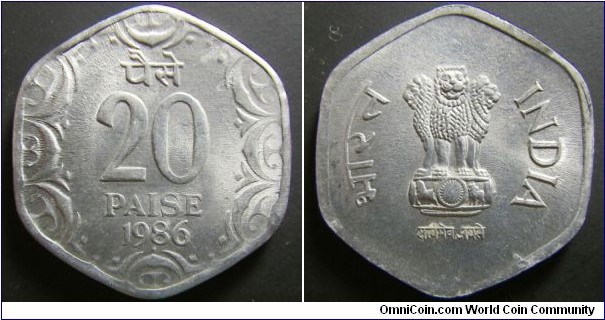
India has issued regular coinage in aluminium-magnesium alloy, about the ratio of 92% Al, 8% Mg.
13 Al - Aluminium
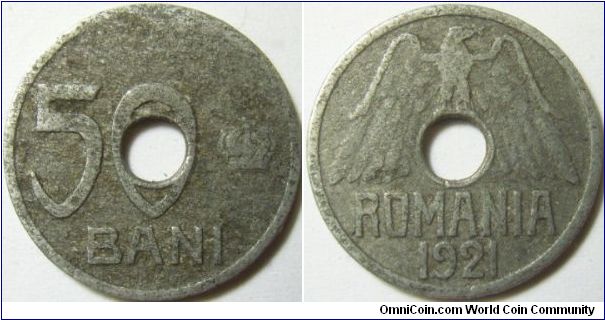
Al 100%. At it's early days, prices of aluminium were higher than gold until ways of extracting aluminium from bauxite have become more economical. The first aluminium coin issued is an East African penny dated 1907. This is one of the early issued aluminium coins from Romania. While aluminium coins are reasonably good for wear and tear, they do not look very attractive when they are either oxidized or in low condition. A lot of world war 2 coins were struck in aluminium simply because they were cheap and not as critical as other industrial metals.
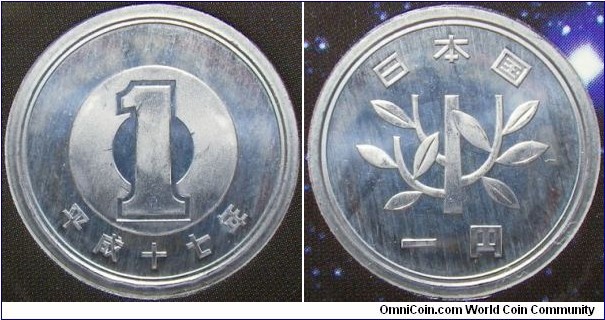
While it's not too common to see aluminium coins circulating around the world these days, what's interesting about Japanese 1 yen coin is that it weighs exactly 1.0 gram. School children in Japan like to use them for experiment in particular for weight comparison test.
22 Ti - Titanium
Pobjoy has first struck coins in 1999 for Gibraltar in Titanium.
24 Cr - Chromium

Outer ring - stainless steel with 16-18% chromium, traces elements + iron. Usually used with the production of stainless steel. The first coin that used plated chromium is Canadian 5 cents issued in 1944.
25 Mn - Manganese
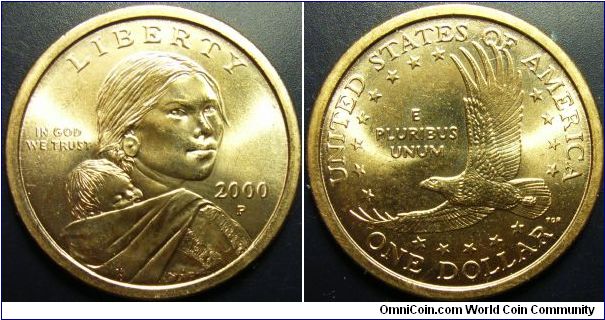
Cu 77%, Zn 12%, Mn 7%, Ni 4%
Struck with copper-zinc-manganese-nickel alloy. Quite neat - not aware if other world coins use manganese in their coinage. Maybe the public should be a bit more proud of using their dollar coins?
26 Fe - Iron
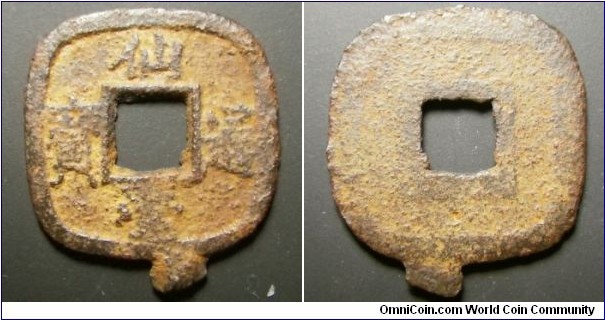
Early cash coins from China to Japan have casted coins in copper and iron. However in Japan, because copper was rather scarce and iron was plentiful, coins were casted in iron. Iron was replaced by copper in the longer run as copper is a more durable material and will not rust as shown above.
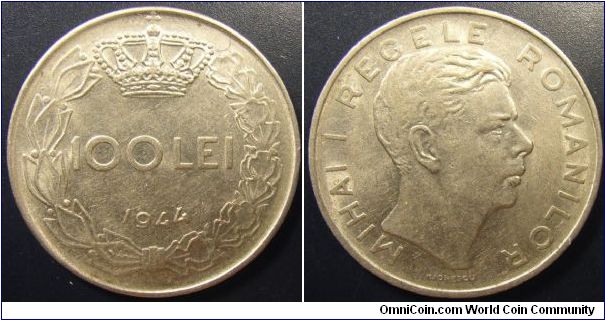
Plated steel coins made a comeback as copper or nickel prices gradually creep up in rise. This is an example of nickel plated iron coin. The current direction of many coins around the world are heading towards plated steel as iron is one of the cheapest metal considering it's durability. Canada in particular is a pioneer in multi ply steel coins and a lot of coins around the world are starting to use Canada's research.
28 Ni - Nickel
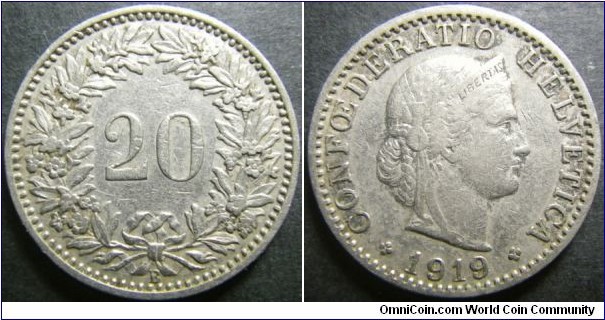
Nickel coins have been started to creep in the late 1880s for general circulation. The first country that circulated nickel coins is Switzerland in 1881. By 1920s when countries could no longer afford to have silver in circulation after WWI, nickel is the choice of metal to replace with as it looked similar to silver, does not rust and offers higher resistant to wear compared to silver. Nickel in pure form is magnetic. As prices of nickel rose, nickel is alloyed with copper. In recent times, Europe pulled nickel out of circulation due to concerns of nickel allergies.
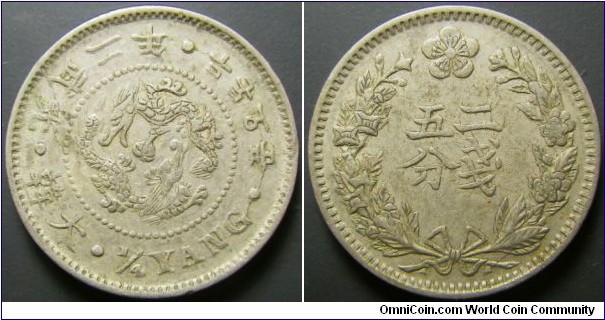
On the other hand in Asia, Japan first introduced nickel copper coins in 1889. This went reasonably smoothly. This wasn't the case in China and Korea. As privateers and even official mints melted down copper coins to produce brass, bronze coins for large profits, this meant that the metal content of the coins were worth significantly less than before. This public mistrust did not help much when new machine struck coins were release for circulation. While copper and silver coins were widely accepted, nickel coins were viewed with suspicion. A drop in nickel price in the early 1900s did not help and this led to a wide influx of counterfeit nickel-copper coins. This trend continued until 1909 when all nickel copper coins in Korea were demonetized. If you exclude the rare Liberty Head 1913 5 cents, trying to assemble a Korean nickel copper coin set could be very very challenging!
29 Cu - Copper
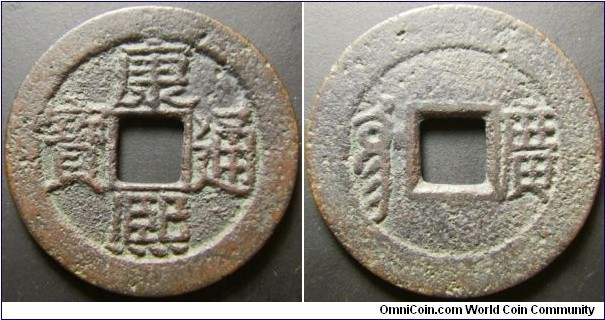
Early Chinese cash coins were casted in copper in the forms of bronze or brass.
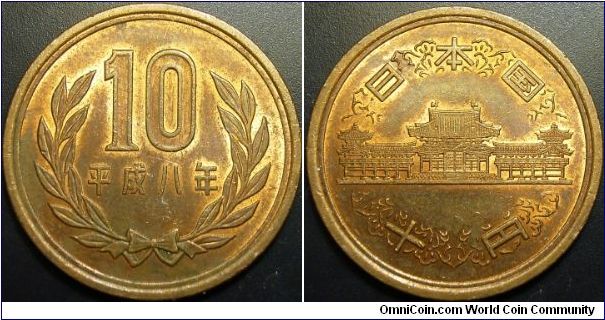
Cu 95%, Sn 4%, Zn 1%
In modern times, copper was used for low denomination coins such as 1 cent. Not many world circulating coins have high copper content due to the metal prices. Shown is a Japanese 10 yen copper coin which still circulates up to today.
30 Zn - Zinc
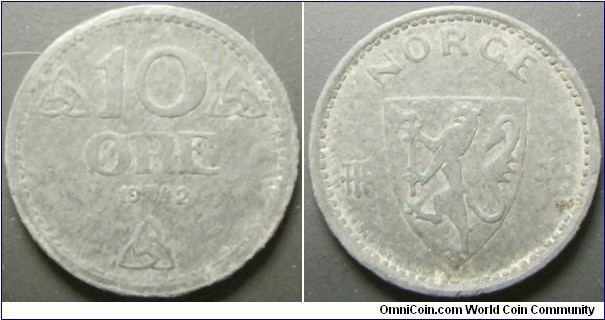
Zinc coins were produced worldwide during WWII as other metals were used for military related purposes. Zinc oxidizes and is not suitable for coinage.
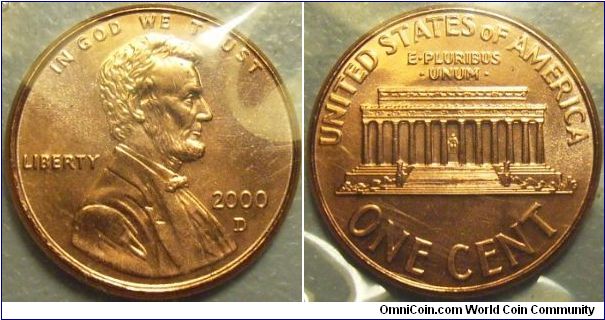
US cent coins are copper plated zinc.
41 Nb - Niobium
Austrian Mint has produced silver coins with niobium core. Niobium can be anodized to produced different colours.
46 Pd - Palladium
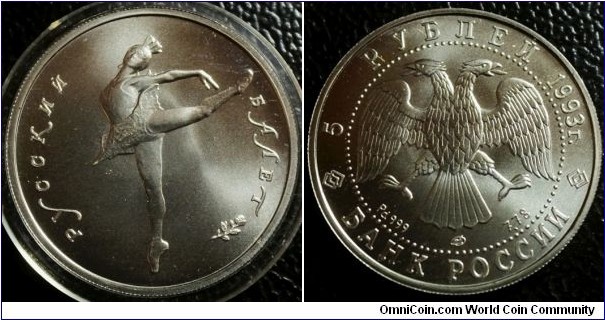
Russia is one of the largest producer of palladium. Russia has struck palladium coins from 1988 to 1995.
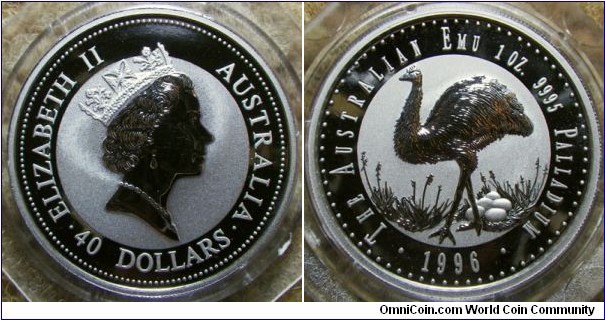
First palladium coin in the world was struck for Sierra Leone. The greyish coloring in UNC condition makes it quite different from other elements. Palladium coins in general were struck at tough times - palladium prices could be as low as 400 dollars up to 1000 dollars. Because of the highly volatile prices, mints struggled to make money on it. This includes the Russian, Canadian, Chinese and Australian Mint. US mint has seek a study to use palladium to strike Eagle bullion coinage but we'll see how that goes...
47 Ag - Silver
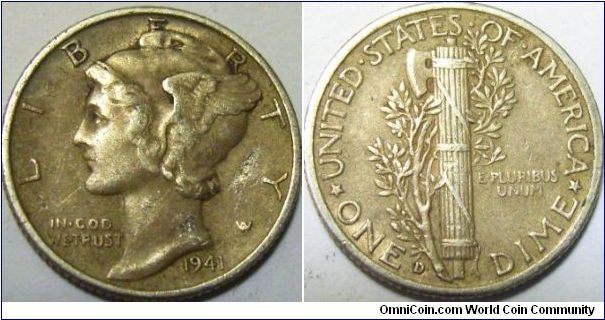
Silver has been used since ancient times. Because of the scarcity of this metal, along with gold - they have been popular choice of metals for trading purposes. Silver remained in circulation until 1960s when silver prices rose drastically and silver essentially disappeared from circulation. Mexico tried to reissue coins in silver around 1990s but obviously when the price of silver increased - these literally disappear. Europe has also issued commemorative silver coins but circulation remains limited.
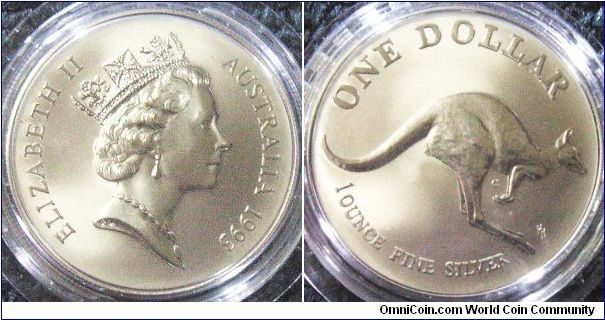
World government mints usually strike bullion coins in one ounce. Popular for investors.
50 Sn - Tin
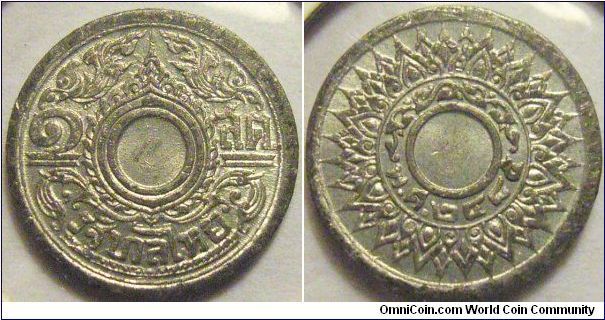
One of the early machine struck tin coins. Tin is notorious for tin pest - will show signs of "rust" if it's stored in cold temperature. This is not a problem for hot tropical countries.
Malaysia is known for issuing tin coins in the early 1500s. Some primitive 'coins' were supposedly made in tin around 1200s! This is due to the large tin reserves available.
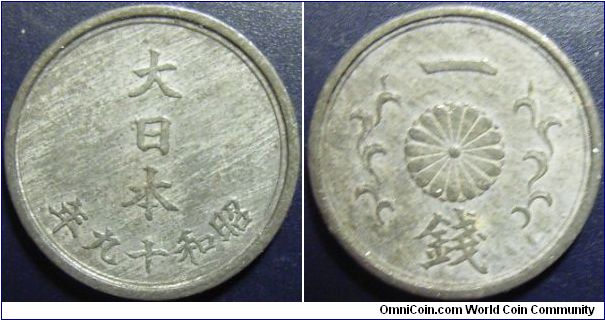
Sn - 93%, Zn 7%
Struck in high level of tin at the last couple of years of WWII.
51 Sb - Antimony
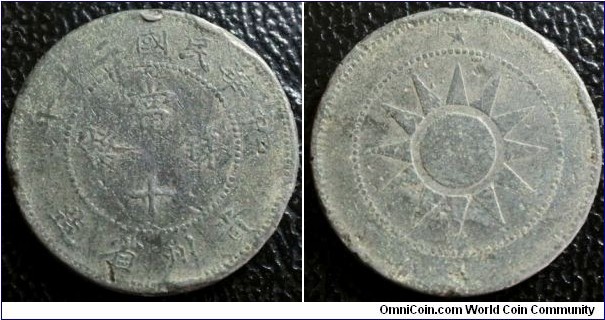
World's only antimony coin, cast in antimony. China - Guizhou Province (Kweichow) 1931 10 cash. Most likely antimony-lead alloy. Was not a popular coin and most people did not take it kindly. At the time of release, it was already two years behind schedule, worth less than what it was supposed to be worth and needless to say, did not last long in circulation. Nowadays, the value of the coin is worth thousand fold more than its face value. Oh the irony...
73 Ta - Tantalum
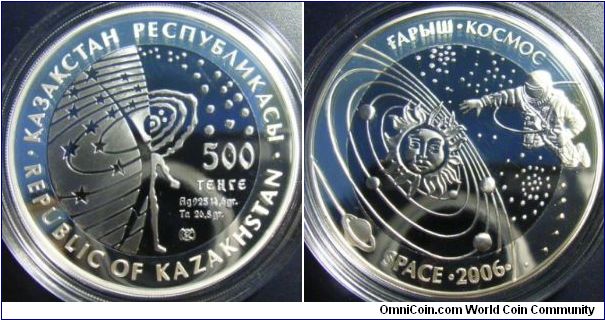
Bimetal coin of silver and Tantalum coin. First world coin to be struck in tantalum in 2006. While the color is not shown correctly, the color of tantalum is black-purplish. Quite difficult to photograph.
78 Pt - Platinum
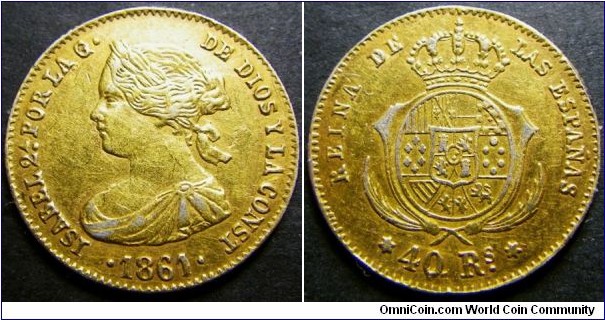
Platinum was used for counterfeiting gold coins as by plating during the early 1800s. That's correct, platinum was used as the base of such counterfeit due to similar density. The Spanish brought platinum from South America as it was initially deemed as 'useless metal'. Such gold plated platinum counterfeit coins spread from Spain to France. Such counterfeit coins are highly collectable today.
Russia is the first country and only country to have circulated platinum coins from 1828 and ended in 1845 because it just looked too similar to silver. The drop in platinum prices did not help either.
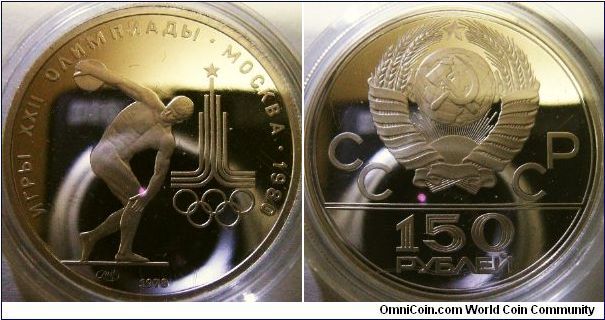
Half ounce platinum. Popular for bullion purposes.
79 Au - Gold
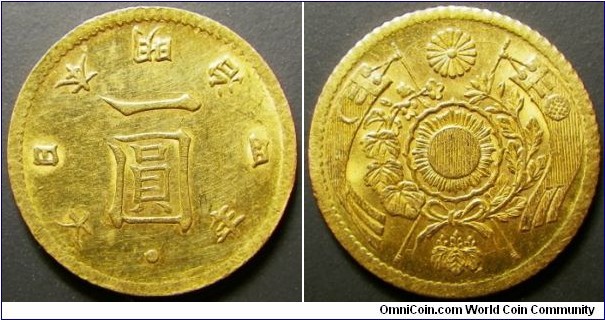
A precious metal that many ancient civilization understood its value for more than thousand of years along with silver. This is a gold coin that did circulate before gold prices went through the roof.
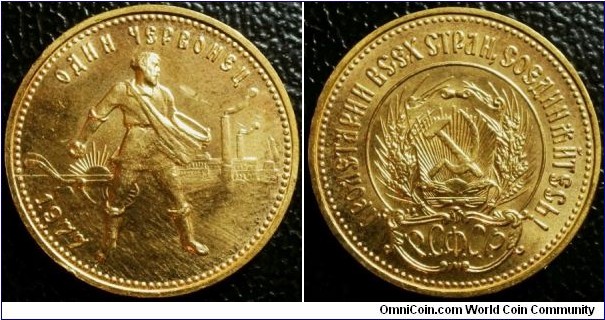
Au - 90%.
Usually alloyed with silver or copper when gold coins were used for commerce. Gold in pure form is normally too soft but are often traded as bullion coins.
82 Pb - Lead
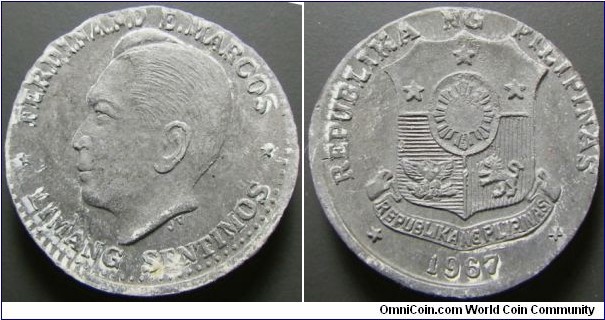
One of the most abundant metals on earth - yet poisonous (if swallowed down). A popular choice for mints to trial patterns on lead as lead is soft, shows good details and is cheap. However not recommended for regular coinage as handling lead in daily commerce could lead to lead poisoning.... Some early cash coins were cast in lead alloy
Also a popular metal of choice for counterfeiters to use due to its heavy density as it is slightly heavier than gold.
A coin that deserves it's own story using the most exotic combination of various elements:
Mexico stainless steel coin

Ring: 16 - 18% chromium, 0.75% nickel maximum, 0.12% carbon maximum, 1% silicon maximum, 1% manganese maximum, 0.03% sulfur maximum, 0.04% phosphorus maximum, the rest iron
Inner core: Aluminium bronze
14 Si - Silicon
Potential to alloy with copper-nickel-silicon but not aware of this being used in circulation other than in Mexican stainless steel coins.
27 Co - Cobalt
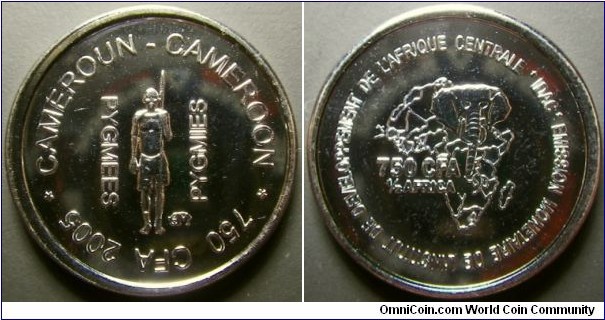
Supposedly a Cameroon NCLT coin - cobalt plated steel coin. It does have a weird bluish hue to the coin - difficult to show. Whether it is cobalt or not, I am not sure but it sure is different from what I have seen!
42 Mo - Molybdenum
No reason why it can't be used for coinage but again the hardness of the coin just makes it unpractical to work with.
44 Ru - Ruthenium
First used in Tonga's 1967 palladium coin with 2% ruthenium but the price makes it impractical.
45 Rh - Rhodium
Cohen has struck bullion issue rounds in this form but price of this precious metal has made it exorbitant - at one stage it was over US$10,000/oz. Rwanda has released commemorative coins struck in rhodium in 2014. Low mintage of 1000.
72 Hf - Hafnium
No idea why coins were never struck in this metal but it's often used in nuclear applications. Hm.
74 W - Tungsten
Extremely tough metal - most people would know tungsten carbide which is used in drill bits or ammunition. In pure form, it may be malleable but so far, it's shown to be not practically for coinage. Rumors are that when trials were used to strike medals, the die broke after the 6th strike. Note, gold plated tungsten bar has been known to fool people due to its heavy density.
77 Ir - Iridium
Hard and brittle metal, this is a difficult metal to work with. To top it up, this is also a rather expensive metal. In the early days, iridium was used for the tip of fountain pens for durability. Rwanda has first issued commemorative coins in iridium in 2013.
Some notable coin collectors or element collectors
Theodore Gray http://www.periodictable.com/index.html
Tony Clayton - Metals used in coins and medals http://www.coins-of-the-uk.co.uk/pics/metal.html
Metallum - Element sales http://www.elementsales.com/
Special thanks to xphobe - one of the toughest rivals I've met doing a similar set. His collection can be seen here: http://omnicoin.com/collection/xphobe/
Send me a mail at:
![]()
28 October, 2018